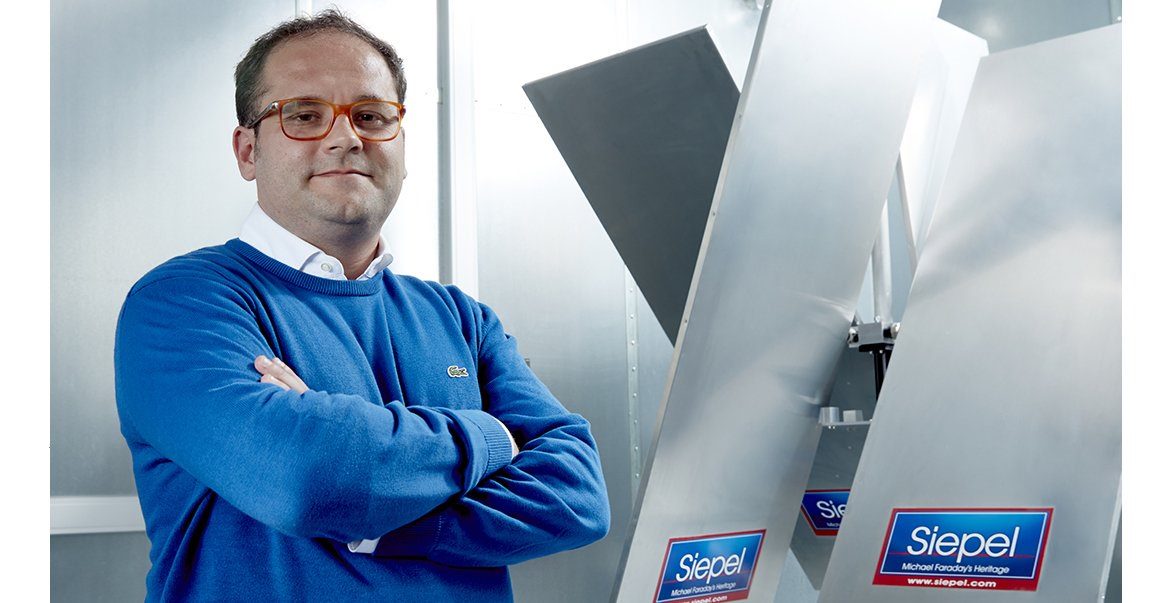This exciting project paves the way for the next generation of wireless networks, dramatically improving the provision of the Wi-Fi connectivity we have all come to rely on in our lives, and potentially solving the lack of coverage in disadvantaged regions - including in some areas of Nottinghamshire where ‘digital divides’ persist.
The team joined forces with British Telecom (BT), the University of Loughborough and a Paris-based company, Greenerwave, to develop a mathematical framework to understand the fundamental barriers of interference that reduce signal stability.
The research exploits a wave technology, grounded on the concept of a new surface material that can be manipulated and configured in terms of its ability to reflect wireless signals. These “Reconfigurable Intelligent Surfaces” - or RIS – can reduce interference among users while improving the quality of service. It is hoped the research findings will ultimately lead to providing communication engineers with innovative new antenna design procedures.
Furthermore, the research examines new ways to prevent the deterioration of wireless signals and stabilise and futureproof wireless networks. The project team have found that an effect that they term “channel hardening” could provide a stable network for technologies used now and in the future.
The project lead, Dr Gabriele Gradoni, Associate Professor in Applied Mathematics and Electromagnetic Theory said: “It has been a long time since scientists and engineers have committed to developing the 5th generation of mobile networks, an effort that has led to improved performance of wireless infrastructures in terms of data-rate boost and coverage.
Whilst this is contributing to reducing the digital divide in rural areas and less advantaged regions of the world, the multi antenna and access technologies have effectively enabled a plethora of new added value services from telecoms operators, at a time when subscriptions to 5G networks are increasing exponentially.”

Dr Gabriele Gradoni, Associate Professor, Applied Mathematics and Electromagnetic Theory
The uses of the new technology could extend far and wide, and could include:
- People's smartphones and tablets.
- Office and business use.
- Vehicles; for example cars and drones.
- Robots; for example interconnected smart factories.
“Channel hardening” works through tightly packed antenna elements integrated within the RIS, receiving and adding multiple waves coming from different directions and carrying the same information signal. Different waves have travelled different lengths within the environment, and the RIS is optimised to compensate the length difference among signal replicas - the signal is routed to terminals in line of sight with the RIS where information is retrieved.
Dr Gradoni added: “The combined effect of wave compensation and addition results in an average signal that has reduced variability, hence it is more stable and less prone to cause disconnections from the telecom base station. The RIS technology has gathered the attention of industry and academia in recent years, and it is now being considered as a candidate technology for integration in future 6G network development.”
Together with ‘City as Lab’ support from Digital Nottingham, the research is partly funded by a Royal Society Industry Fellowship with BT, and is a joint project with representatives from Innovation Nottinghamshire, Nottingham Trent University, and the Office of Communications (OFCOM), the government-approved regulatory and competition authority for the broadcasting, telecommunications and postal industries of the United Kingdom.
The project has further evolved throughout summer 2023, with some exciting developments for the technology. The researchers secured some funding from the United Kingdom Space Agency (UKSA) to deploy some of the technology at the European Centre for Space Applications and Telecommunications (ECSAT). This facility, run by the European Space Agency and based at Harwell in Oxfordshire, provides a base for UK researchers and businesses to experiment with and test the benefits of hybrid 5G and satellite communications networks. This latest part of the project began in July 2023 and will last for two years.
In addition, a grant of 350,000 Euros has been secured to continue the research in conjunction with collaborators including British Telecom, Greenerwave, the European Space Agency, Oneweb, the University of Loughborough and the University of Surrey. Furthermore, the researchers continue to engage with the local community, and industry stakeholders have showed substantial interest in the technology to boost the gaming industry and extend coverage in rural areas, contributing to bridging the digital divide within Nottinghamshire.
Inspired by this project? Tell us your ideas